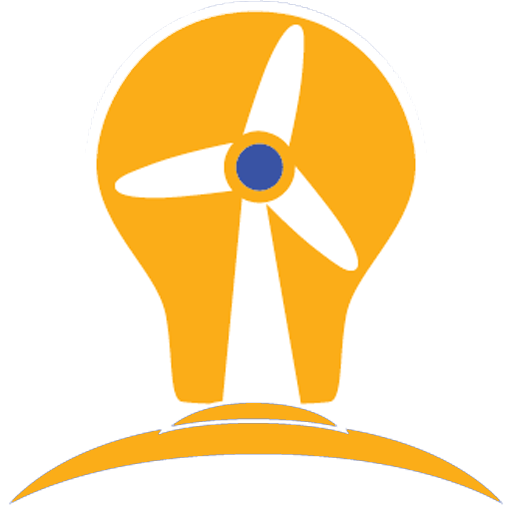ISEF Fair
High School Students Srikar Sadhu and Ujjayi Pamidigantam participated in Intel Science and Engineering Fair (ISEF) organized by Nokia bell labs & North Jersey Regional Science Fair.
The Nokia Bell Labs NJRSF is a high school student science competition in which students, individually or in groups, present a wide variety of projects. Most of the projects are investigative in nature, posing and attempting to answer some question or problem, either through experimentation and design or in a theoretical sense. All areas of science, math, and engineering are included. The fair accepts entries from ten counties of northern New Jersey: Bergen, Essex, Hunterdon, Middlesex, Morris, Passaic, Somerset, Sussex, Union, and Warren.
Students from Thomas Edison Energy Smart Charter School participated in the NJRSF for the first time this year and won several awards.
Ujjayi Pamidigantam of 9th grade has submitted a project called Tacit Communicator and received Freshman award.
Tacit Communicator: We humans have evolved through communication. Communication played vital role in what we are today. For some, who cannot communicate through regular means, which is verbal, it is always challenging. Sign language has improved over the years, but number of people who can understand is still very minimal. Tacit communicator precisely tries to bridge that. Tacit Communicator will enable someone who cannot communicate verbally, communicate with others naturally. There were attempts to do this with hardware & software solutions. Here we are trying to address it just through software which will make it more useful and easily accessible. This solution will be simple and accessible to everyone who has a smartphone. It uses SmartPhones camera to record and process, hand gestures and signals into more readable natural language.
http://njrsf.org/cgi-bin/Displ
Srikar Sadhu of 9th grade has submitted a project called EARTELL – Helps you hear better and received freshman award, 3rd prize in biomedical engineering category and Karen Kranz memorial award.
EARTELL: Sound localization is the ability to tell the direction from which a sound is originating. When sound localization ability is low, it affects a person’s safe interaction in an environment. The purpose of this experiment is to develop an algorithm that will help people suffering from Unilateral Hearing Loss, or single sided deafness in decoding sound localization problems. During the experiment three sound cues (Head related transfer function, Interaural level difference, Interaural time difference) are calculated using three different programs and sound is captured using 5 sound receivers. These five directional sound receivers are placed on a wearable headphones to capture and combine into a single sound wave using a custom sound mixer circuit. Sound reflection coefficient is considered during data collection, Multiple data points are collected to calculate time delay using statistical estimation and optimization methods, monaural signals are combined using Audacity software and tested using a bone conduction headphones. The results of my experiment allowed me to develop a successful algorithm that will be used in automating sound localization process in a wearable device to assist human brain decode sound localization naturally.
Please visit www.eartell.com for more details on the project.
http://njrsf.org/cgi-bin/Displ

